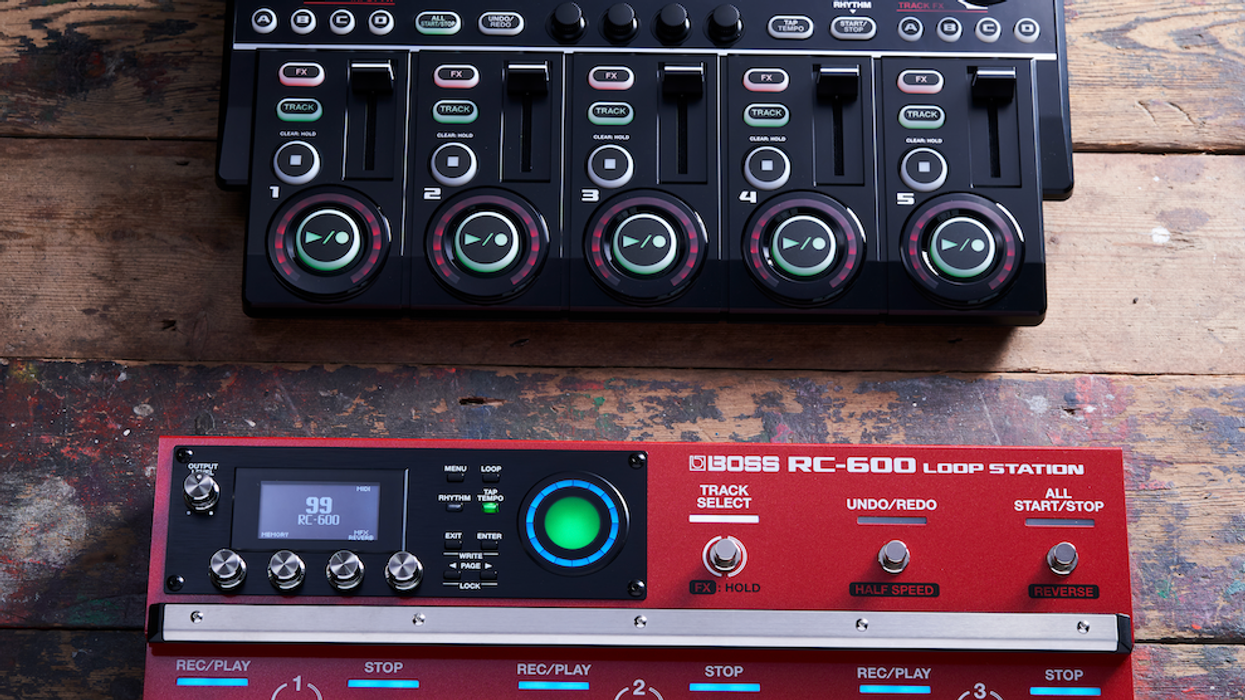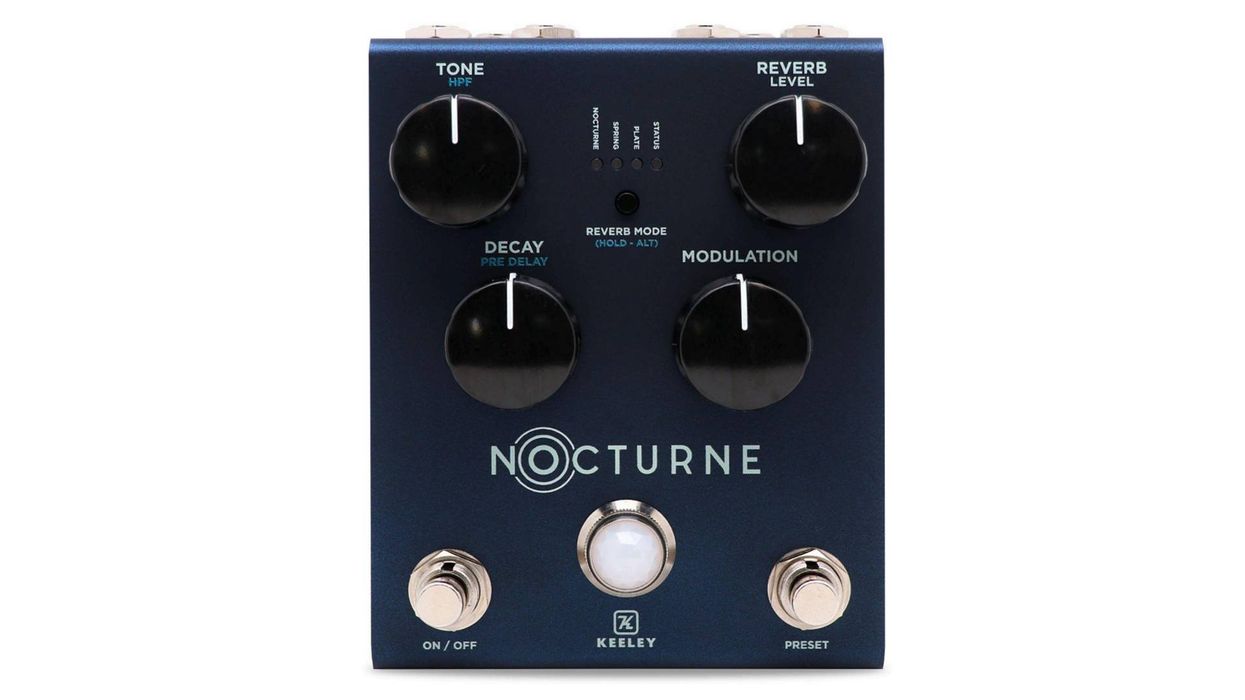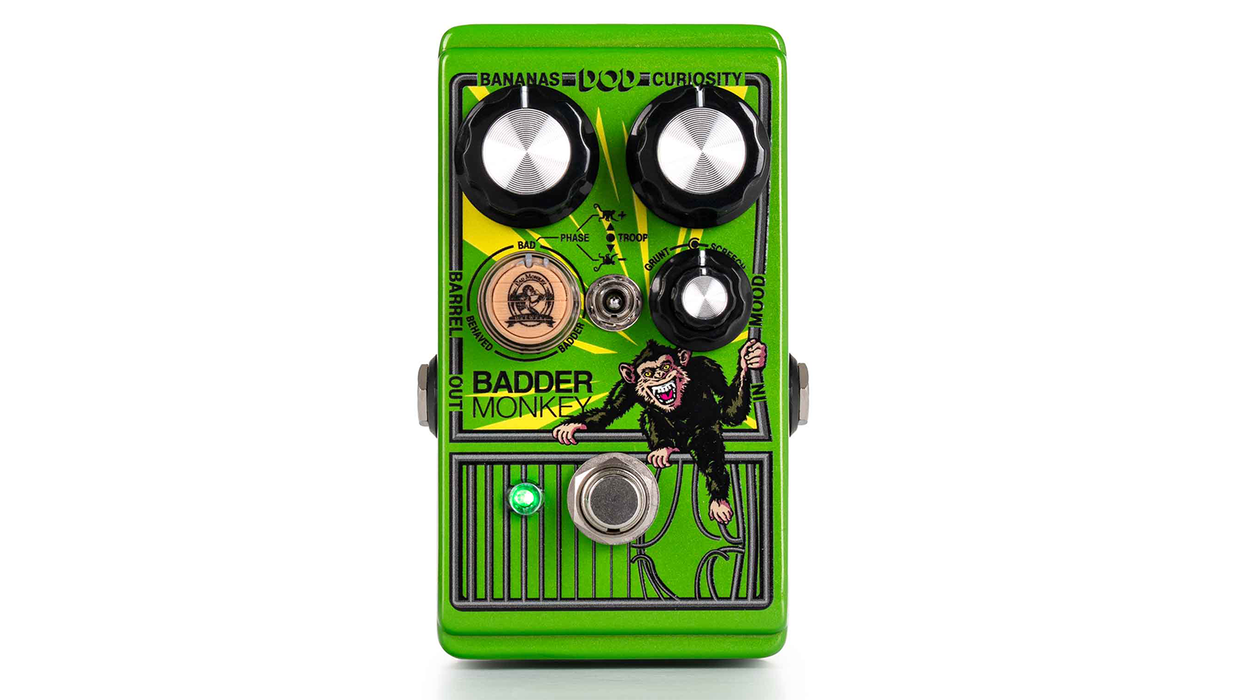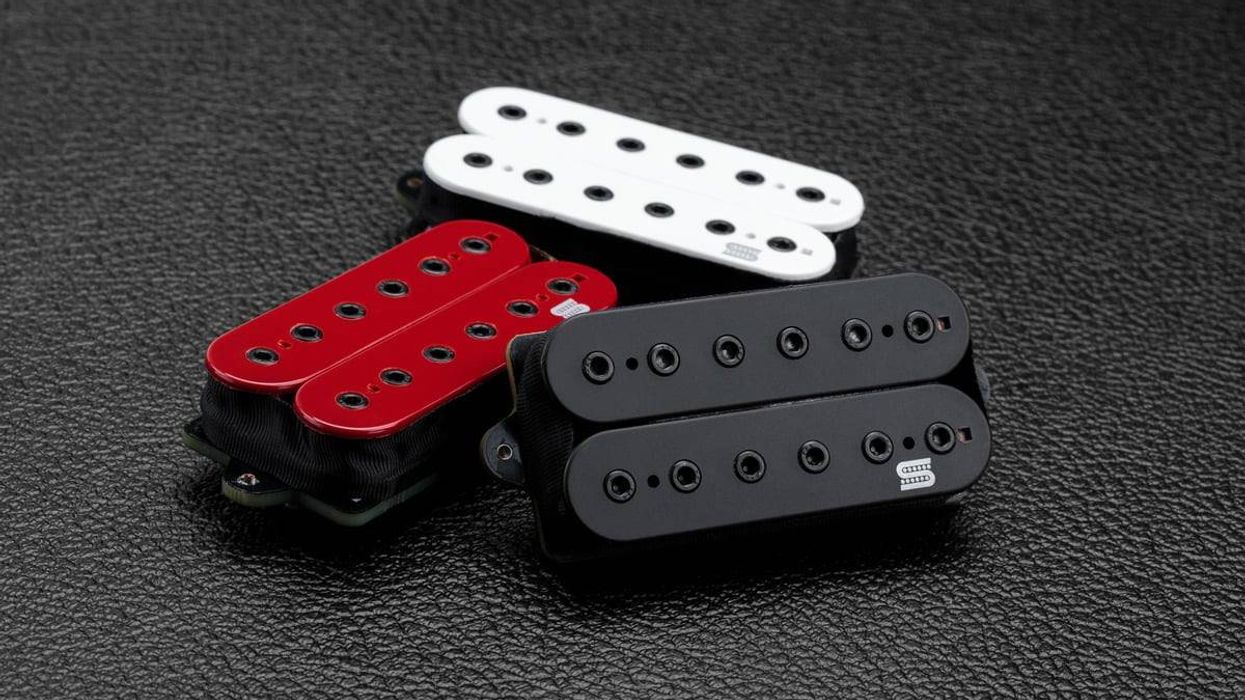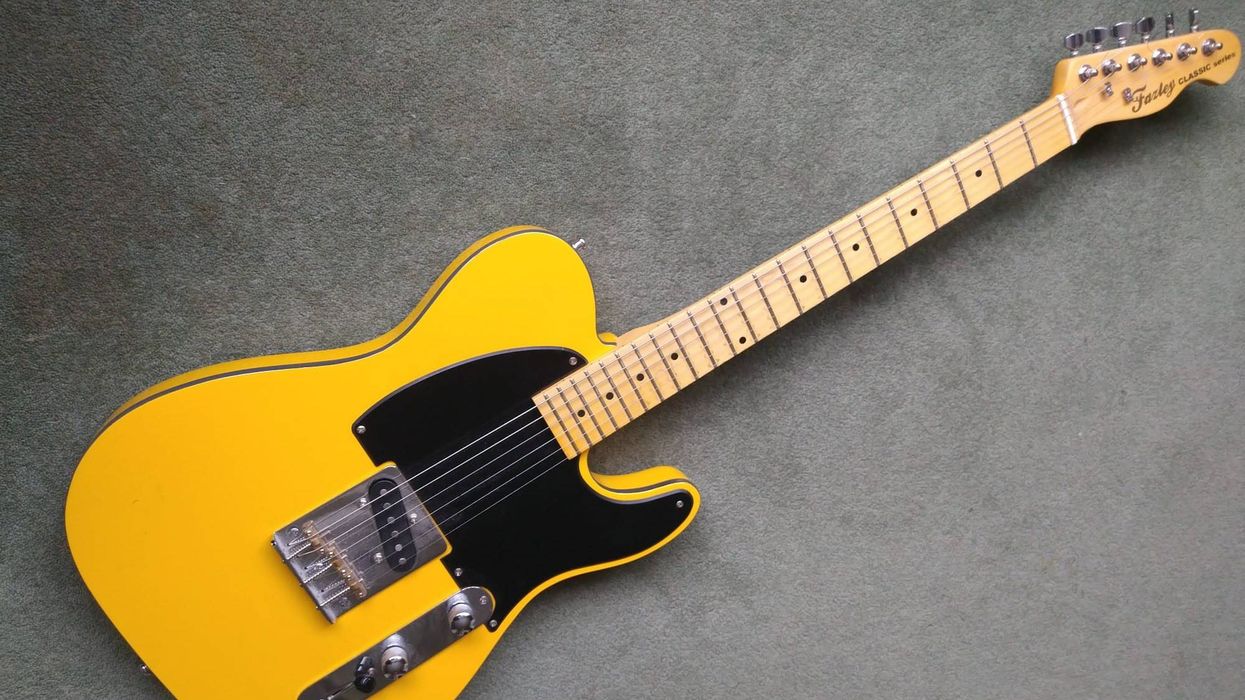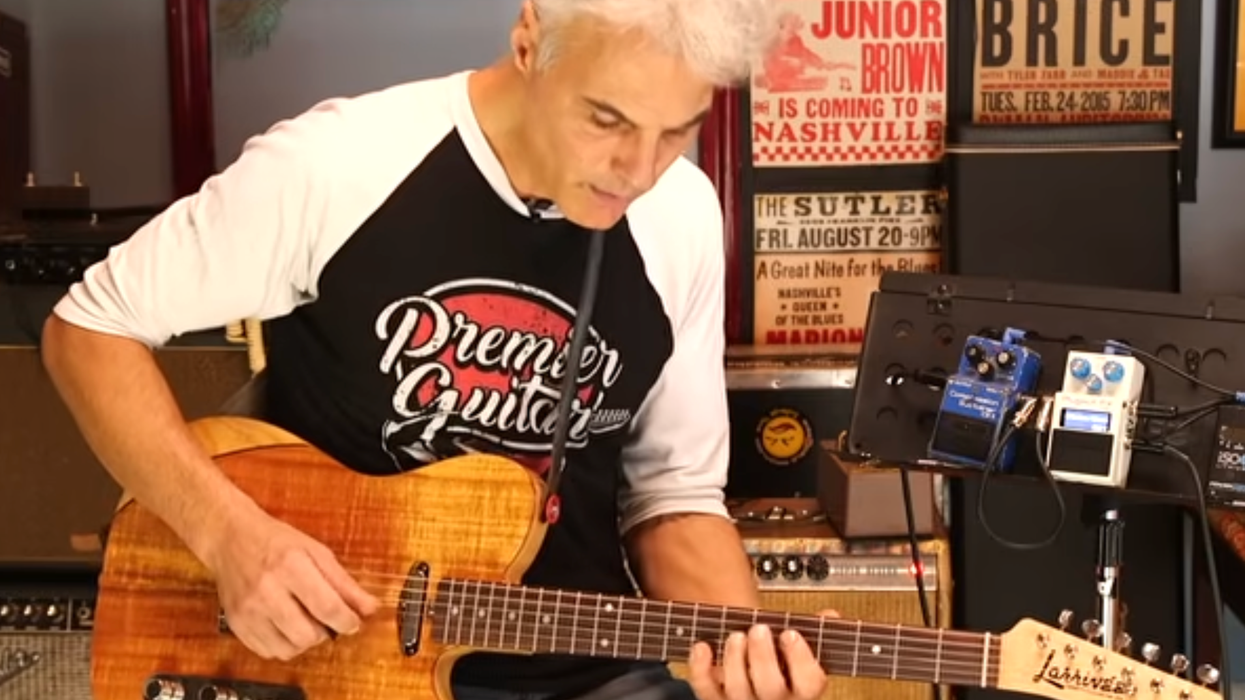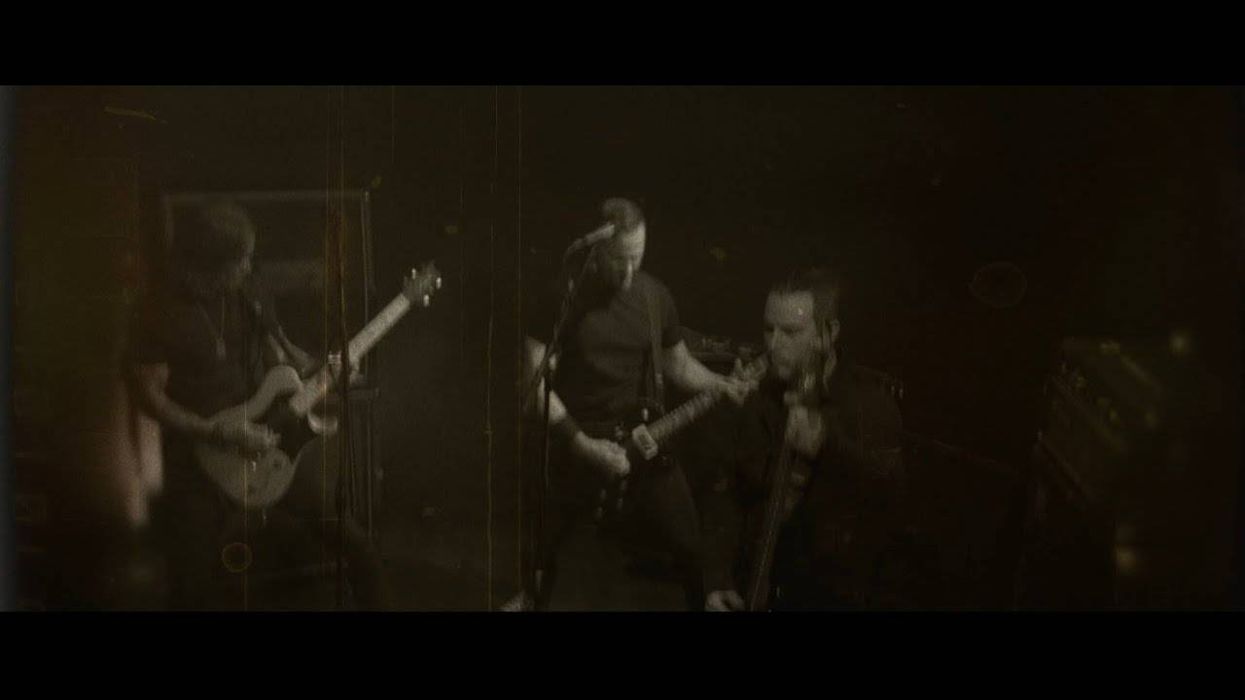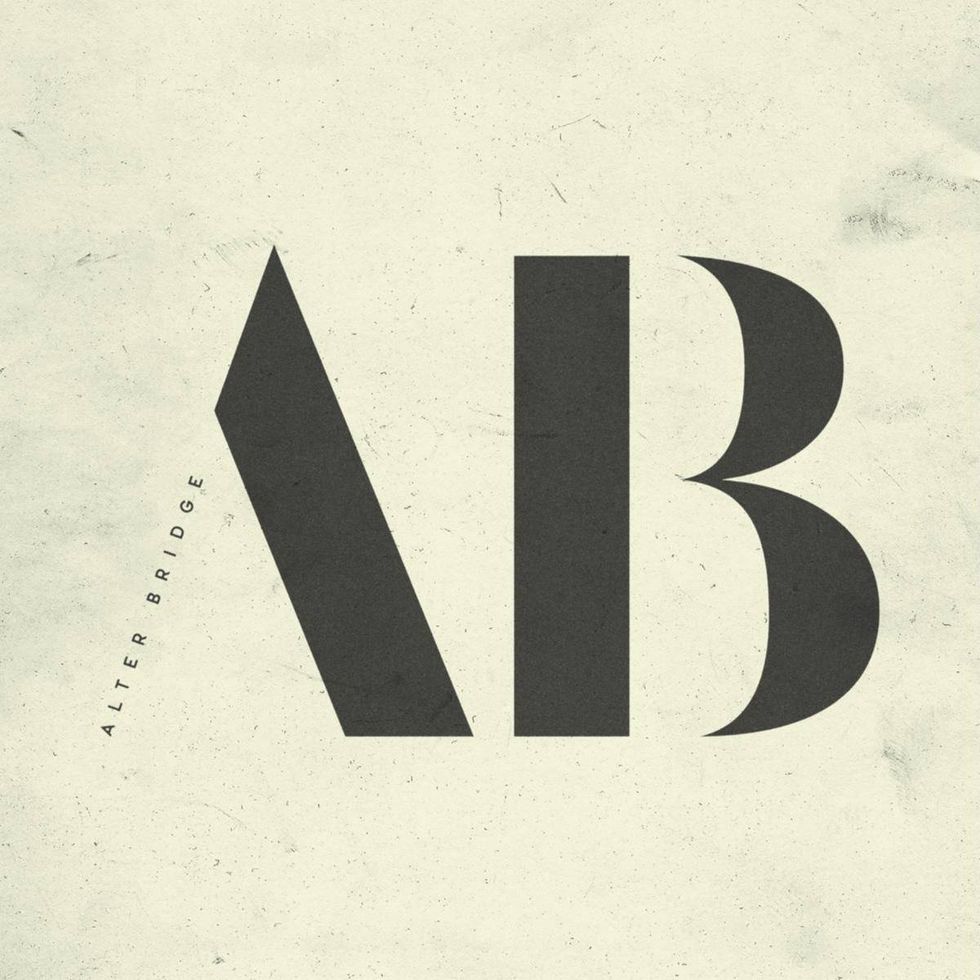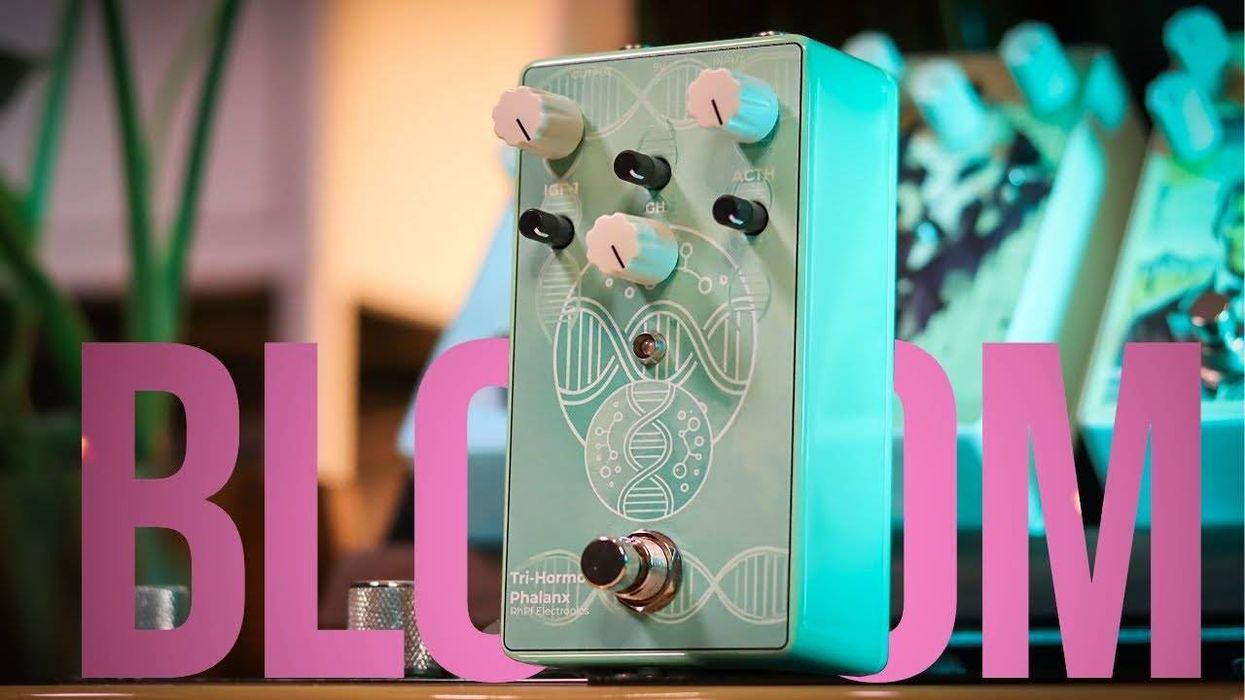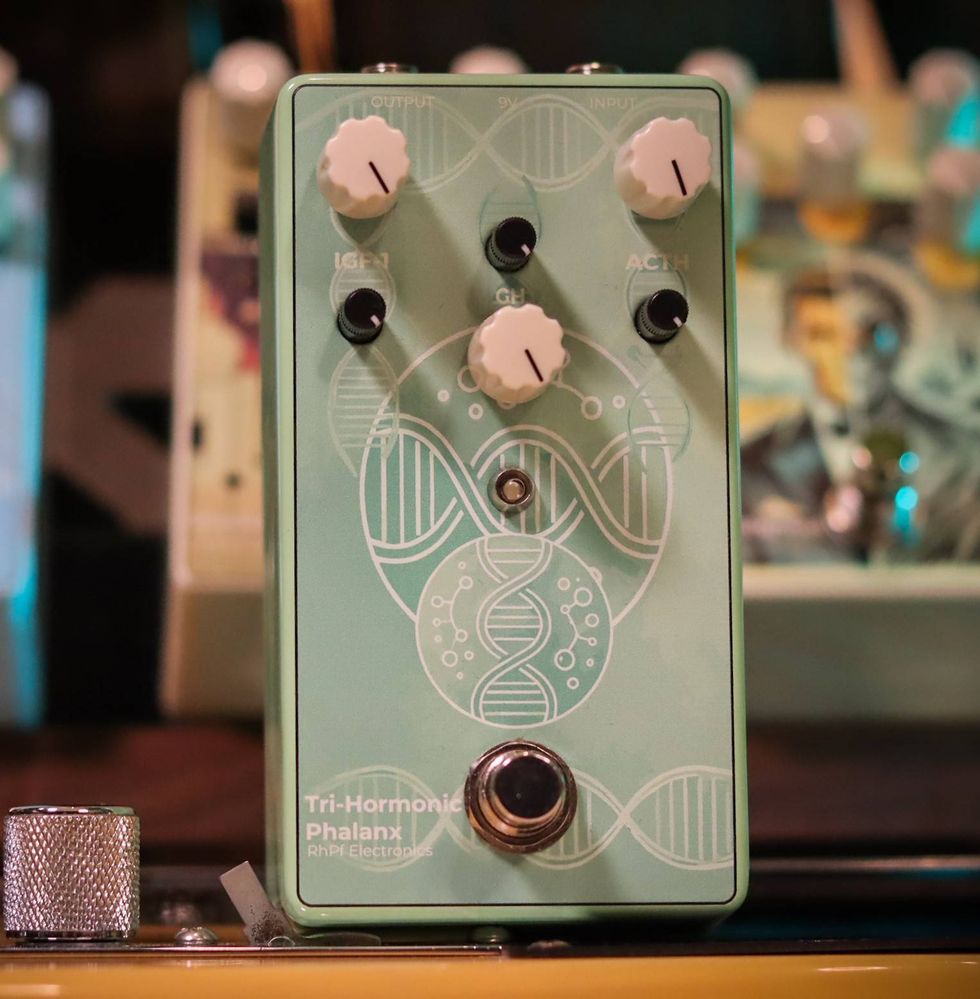BOSS announces the RC-505mkII and RC-600, two new flagship models in the renowned Loop Station product lineup. The five-track RC-505mkII brings next-generation power and flexibility to the world's most popular tabletop looper, giving performers an expanded range of inspiring and customizable tools for hands-on music creation. The RC-600 takes floor-based looping where it's never gone before, offering six stereo tracks, advanced foot control, and highly configurable operation. Both new Loop Station models feature class-leading 32-bit sound, a massive onboard effects selection, built-in rhythms, versatile connectivity, external control support, and USB for interfacing with computers.
RC-505mkII Loop Station
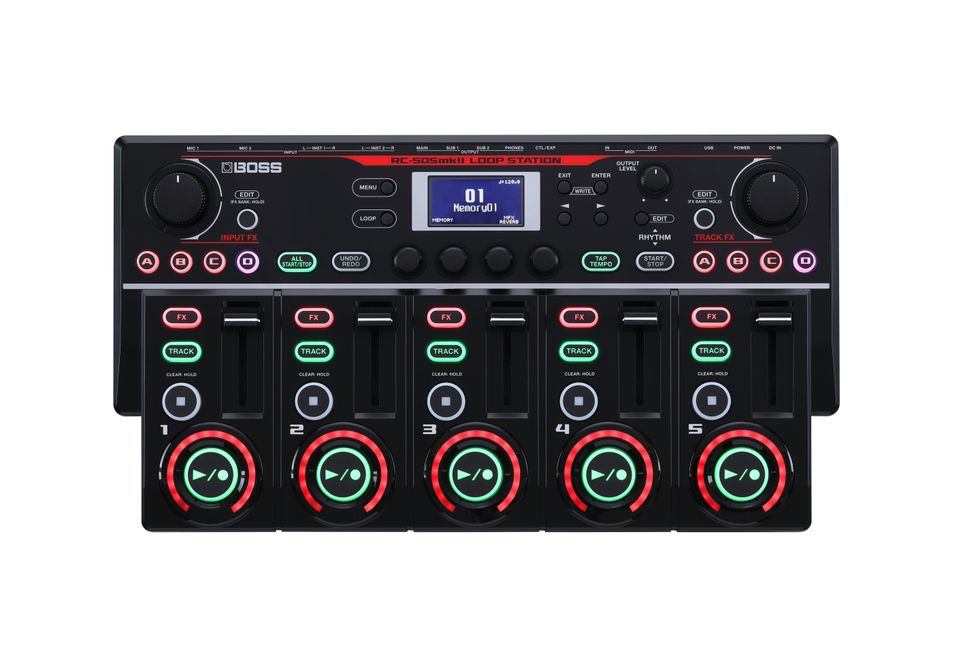
Each of the RC-505mkII's five stereo tracks now includes customizable FX and Track buttons, making it easier to color and control loops in the heat of the moment. Users can set up various parameters and trigger them with a press, hold, or double-click. Pressing the Undo/Redo button reveals a secondary layer to double the control options. Two external control jacks are also available for connecting footswitches or expression pedals, and each has its own dedicated set of parameters. And with the Assign function, users can set up 16 additional targets for hardware control and MIDI operation.
The RC-505mkII also provides a greatly expanded FX palette to process sounds during recording and playback. There are 49 Input FX and 53 Track FX types to choose from—including new vocal harmony effects—and it's possible to use up to four in each section at once. Groups of four Input FX and Track FX can be stored in four banks for quick recall, and a step sequence function is available in some FX to create dynamic real-time movement.
The RC-505mkII's expanded connectivity and onboard audio processing allow performers to do more with less external gear. There are two XLR mic inputs and two mono/stereo line input pairs, plus an input mixer with two mic compressors and independent channel EQs. Three stereo output pairs, a headphones output, and an output mixer are also available, complete with assignable routing options and master reverb and compressor effects. In addition, the RC-505mkII's panel faders have longer throw for more precise adjustments and rigid construction for a more solid feel.
BOSS RC-505mkII Loop Station - Official Launch Video in collaboration with SBX
RC-600 Loop Station
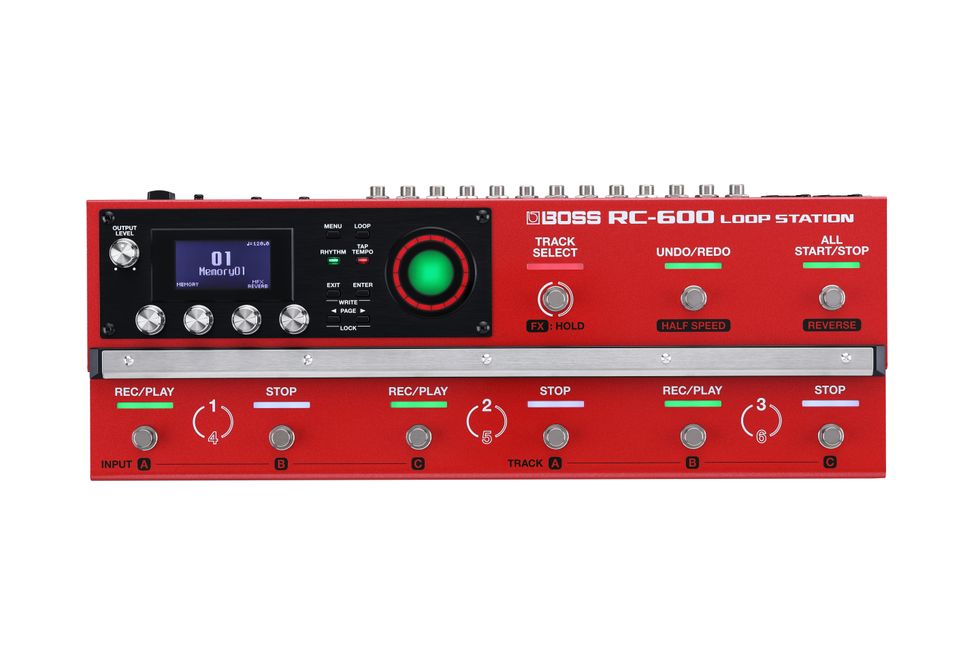
Loaded with evolved features and customizable functions, the floor-based RC-600 Loop Station ushers in a new era of creative power for guitarists, singer/songwriters, multi-instrumentalists, and other looping musicians. Users can capture multiple mics and instruments with six stereo phrase tracks and take full command with nine freely assignable footswitches, three pedal modes, and deep external control support. There's also a large, circular loop indicator and seven top-level LCD screen variations to provide visual feedback on current operations.
With the RC-600's 49 Input FX and 53 Track FX types, users can process sounds before and after loop capture to bring color, variation, and excitement to performances. Included are versatile effects from the vast BOSS library, a guitar-to-bass simulator, and powerful vocal FX. The Track FX selections also include cool DJ-style effects like Beat Scatter, Vinyl Flick, and more. Up to four Input FX and Track FX can be used at once, and banks of four can be stored in each section for quick recall.
The RC-600 offers over 200 built-in rhythms in styles ranging from rock, pop, and acoustic to Latin, jazz, and electronica. Each rhythm type includes four pattern variations, intros and endings, and automatic fills to transition between sections. It's also possible to import SMF rhythms using the BOSS RC Rhythm Converter software. And with 16 different kits, users can instantly transform grooves with sounds from heavy rock to light percussion and everything in-between.
The RC-600 comes with the same connectivity and mixing features as the RC-505mkII, giving performers powerful and versatile tools for working with mics and instruments, mixing and monitoring sounds, and interfacing with other gear.
BOSS RC-600 Loop Station – Next-Generation floor-based Looper Pedal
Availability & Pricing
The BOSS RC-505mkII Loop Station will be available in the U.S. in January 2022 for $599.99.
The BOSS RC-600 Loop Station will be available in the U.S. in December of this year for $599.99.
For more information:
boss.info


